Can Cats Eat Tomatoes? A Guide to the Risks and Safety of This Popular Fruit
- 14 Mar 2025 11:00
Tomatoes are a common household food, found in salads, sauces, and many other dishes. As a cat owner, you might wonder: Can cats eat tomatoes? Is this fruit safe for your feline friend, or could it pose a health risk? In this article, we’ll dive into whether cats can safely consume tomatoes, the potential dangers, and how to handle them if you want to share a little with your cat.
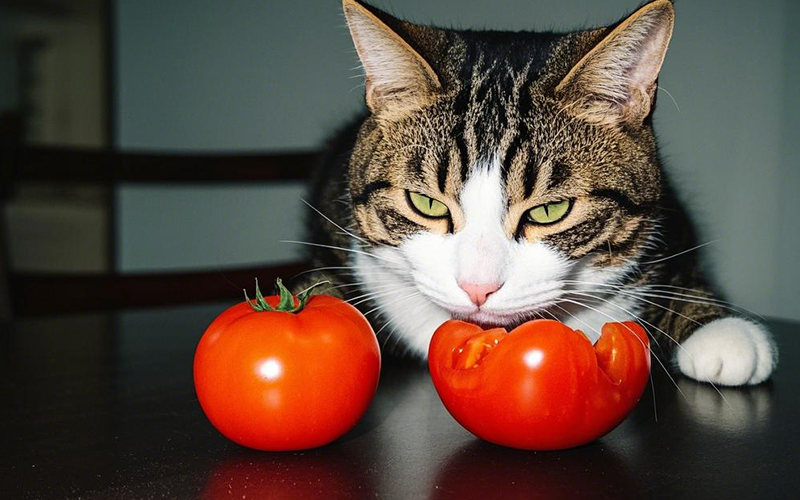
Can Cats Eat Tomatoes? 🍅
In general, cats should not eat tomatoes, especially when they are raw or unripe. While a small amount of ripe tomato is unlikely to harm a cat, tomatoes can be toxic in certain situations. It’s important to understand the risks associated with different parts of the tomato plant and how they can affect your cat’s health.
Why Are Tomatoes Potentially Harmful to Cats? ⚠️
The primary concern when it comes to cats eating tomatoes is a substance called solanine, which is found in unripe tomatoes, tomato plants, and tomato leaves. Solanine is a toxin that can cause a range of health issues in cats (and humans) if ingested in large quantities.
Solanine Toxicity Symptoms 🐾
If a cat consumes too much solanine, they may show the following symptoms:
Vomiting 🤢
Diarrhea 💩
Lethargy 😴
Weakness 💪
Loss of appetite 🐱
Tremors or shaking 🐾
Difficulty breathing 🐈
These symptoms can occur if your cat eats unripe tomatoes, tomato plants, or tomato stems. Even though ripe tomatoes contain lower levels of solanine, it’s always better to err on the side of caution and avoid offering them to your cat.
Are Ripe Tomatoes Safe for Cats? 🍅
Ripe tomatoes are generally much safer than their unripe counterparts. The levels of solanine decrease significantly as the tomato ripens. If your cat happens to nibble on a small piece of ripe tomato, it's unlikely to cause significant harm. However, it's still best to be cautious and avoid feeding tomatoes regularly.
Some potential benefits of offering ripe tomato in very small amounts might include:
Vitamins: Tomatoes contain vitamins like Vitamin C and Vitamin A, which can support your cat’s immune system and skin health.
Antioxidants: Tomatoes are rich in lycopene, a powerful antioxidant that may help protect against cellular damage.
However, these benefits are minimal for cats since they do not require tomatoes in their diet. Cats are obligate carnivores, meaning they get all their essential nutrients from animal-based sources, so fruits like tomatoes are not a necessary part of their diet.
Risks of Feeding Cats Tomatoes 🍅
While ripe tomatoes might seem like a safe option, there are several risks to keep in mind:
Toxicity from the Green Parts 🌿: As mentioned, the leaves, stems, and unripe tomatoes contain high levels of solanine, which can be harmful to cats. Even a small amount of the green parts can cause poisoning.
Digestive Upset 💩: Even ripe tomatoes can cause digestive issues in cats, especially if consumed in large quantities. Tomatoes contain acids and fiber, which could upset your cat’s stomach and lead to vomiting or diarrhea.
Allergic Reactions ⚠️: Some cats may have an allergic reaction to tomatoes, even if the fruit is ripe. Symptoms could include itchy skin, swelling, or difficulty breathing. If you notice any unusual signs after your cat eats tomato, contact your vet immediately.
Potential for Choking 🍽️: Tomatoes can sometimes be difficult for cats to chew, particularly if they are in a large piece. This poses a choking hazard, so it’s important to cut any tomato into small, manageable pieces if you decide to offer it to your cat.
Weight Gain 🍴: Tomatoes are not nutritionally necessary for your cat. Adding fruits to their diet regularly can contribute to weight gain if it interferes with their balanced cat food, which is formulated to meet all of their dietary needs.
How to Safely Serve Tomato to Your Cat 🍅
If you do decide to offer a small amount of tomato to your cat, follow these safety tips:
Only Offer Ripe Tomatoes 🍅: Stick to ripe, red tomatoes, and avoid offering any part of the plant, including the stems, leaves, or unripe fruit. Always remove any green parts before serving.
Serve in Small Portions 🍽️: Offer only a small piece of tomato—just a bite or two. Tomatoes are not essential to your cat’s diet, so it’s better to treat them as an occasional snack rather than a regular part of their meals.
Cut into Small Pieces 🍴: To avoid the risk of choking, cut the tomato into small, manageable pieces for your cat to easily chew and swallow.
Monitor for Reactions 👀: Keep an eye on your cat after they eat tomato. If they show any signs of digestive upset or an allergic reaction, stop offering tomatoes and consult your vet.
What Are the Best Treats for Cats? 🐾
If you’re looking for safe and healthy treats for your cat, there are many options better suited to their dietary needs than tomatoes. Some cat-safe treats include:
Cooked chicken 🍗
Tuna (in water, not oil) 🐟
Cheese (in moderation) 🧀
Small pieces of carrot 🥕
Catnip 🌿
Plain cooked pumpkin 🎃
These treats offer nutritional benefits and are far less likely to cause digestive issues or toxicity in your cat.
Conclusion: Can Cats Eat Tomatoes?
In conclusion, while cats can technically eat small amounts of ripe tomatoes, it’s best to avoid feeding them this fruit due to the potential risks. The green parts of the tomato plant are toxic to cats and can cause serious health issues, and even ripe tomatoes can cause digestive discomfort if fed in excess.
If you want to share a safe and healthy treat with your cat, stick to foods specifically designed for feline nutrition, such as cooked chicken or tuna. For any concerns about your cat’s diet or health, you can turn to PettureX, an AI-powered pet health assistant. PettureX offers 24-hour consultations and pet image recognition, helping you make informed decisions about your cat’s nutrition and overall well-being.
Related
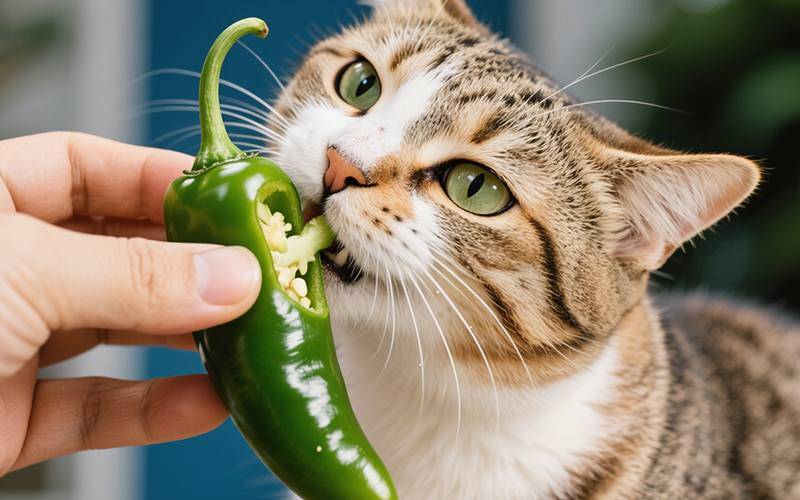
The Burning Question: Can Cats Eat Jalapenos? A Comprehensive Safety Guide
- 21 Apr 2025
Cool Temptation: Can Cats Eat Ice Cream Safely? The Vet-Backed Truth
- 21 Apr 2025
Frankly Dangerous: Can Cats Eat Hot Dogs? Vet Explains the Serious Risks
- 16 Apr 2025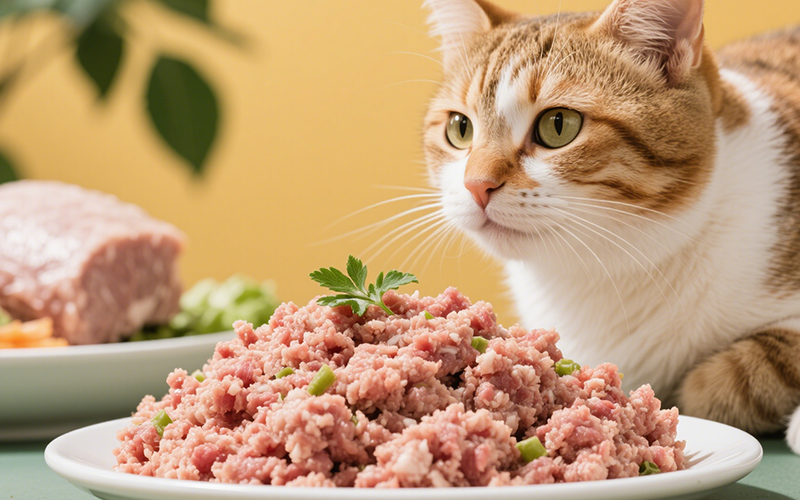
A Purrfect Protein? Can Cats Eat Ground Turkey Safely? (Vet-Reviewed Guide)
- 16 Apr 2025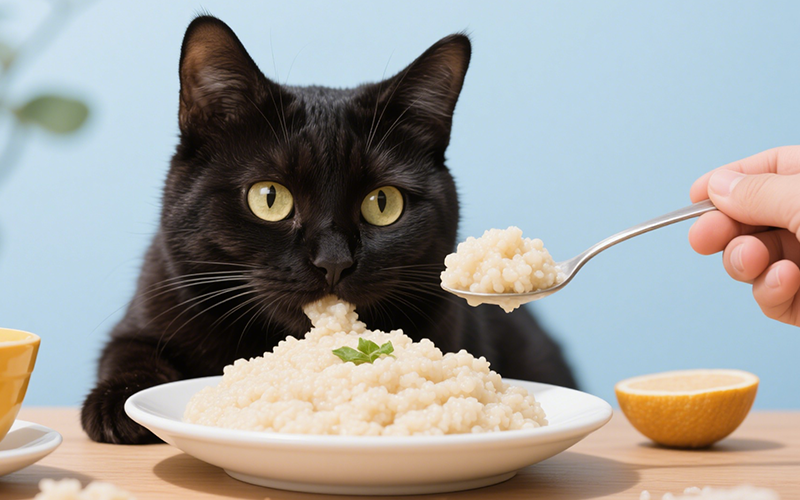
Gritty Situation: Can Cats Eat Grits Safely? Vet Explains the Risks
- 16 Apr 2025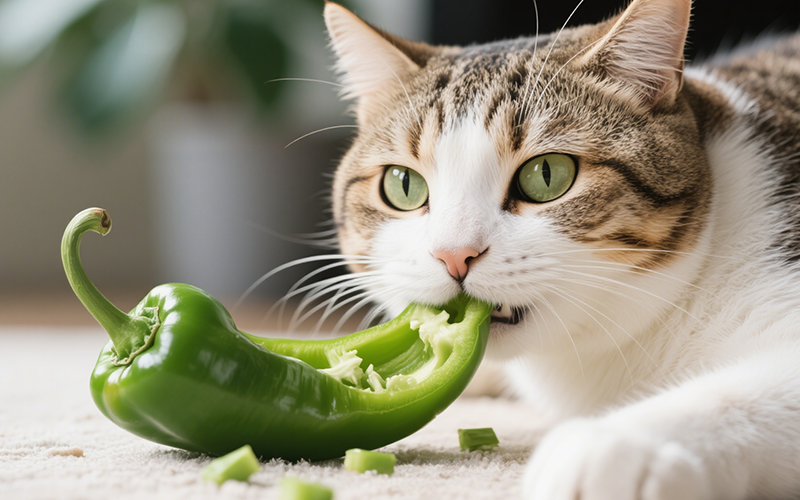
Crunchy Query: Can Cats Eat Green Peppers? A Vet-Reviewed Safety Analysis
- 16 Apr 2025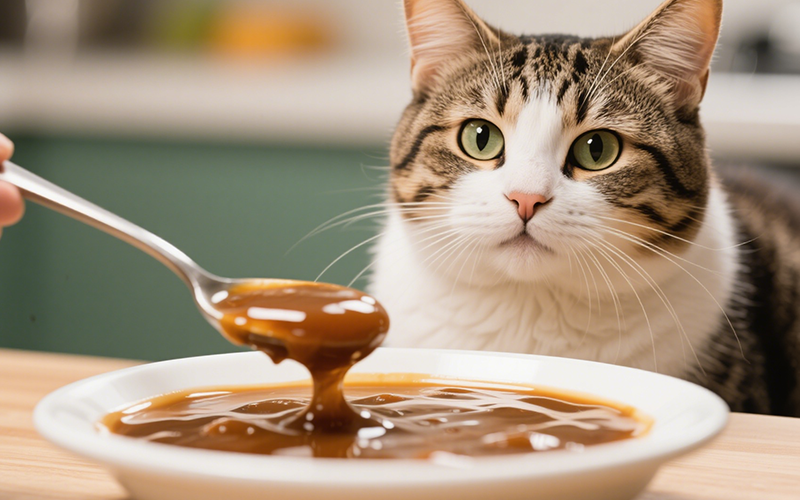
Gravy Danger Zone: Can Cats Eat Gravy Safely? (Vet-Reviewed Warning)
- 16 Apr 2025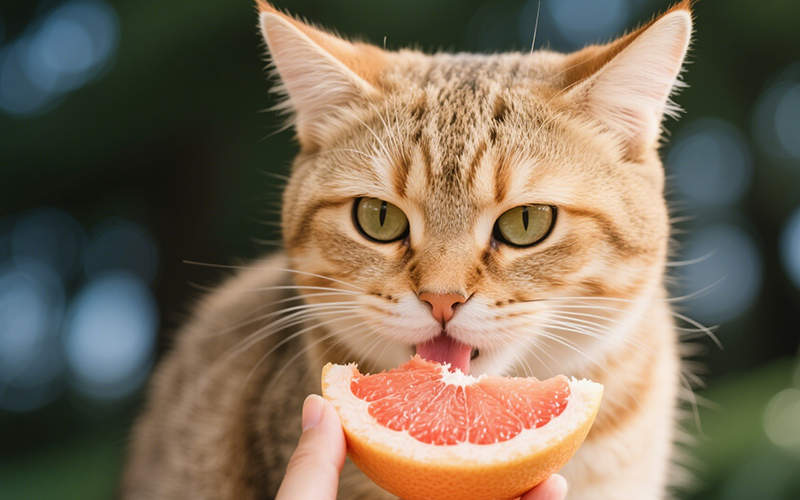
Toxic Temptation: Can Cats Eat Grapefruit? Vet Explains the Dangers
- 16 Apr 2025
Emergency Meal or Major Mistake? Can Cats Eat Dog Food For A Couple Days? (Vet Guide)
- 16 Apr 2025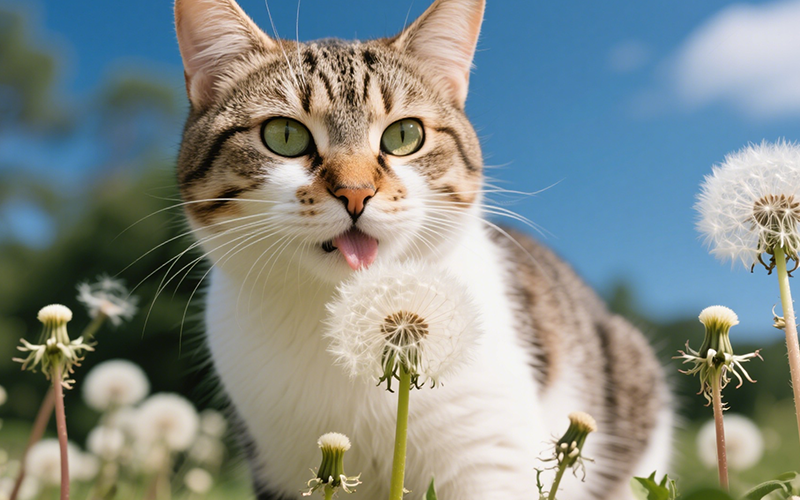
Dandelions & Felines: Can Cats Eat These Common Weeds Safely? Vet Explains
- 16 Apr 2025
